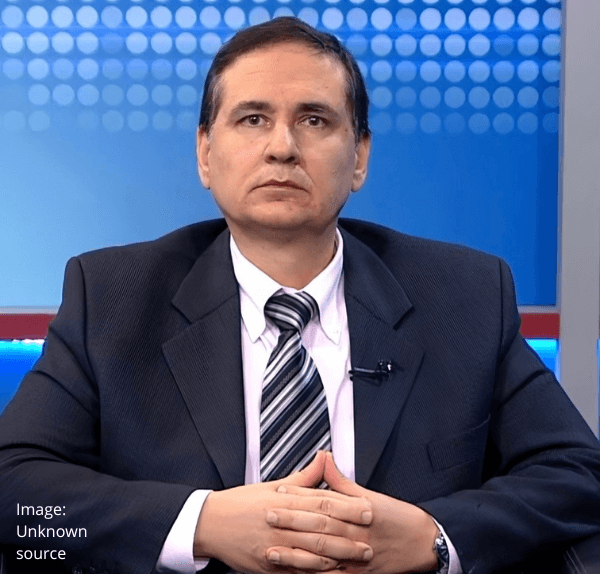Medical content is for information only - not a substitute for professional guidance.
How the Coimbra Protocol Began
A scientific mission to help humanity


Dr. Cicero Galli Coimbra, creator of the Coimbra Protocol.
From clinical practice to research
"In the 1980s, when I completed my clinical training, I was dissatisfied with the therapeutic resources offered to neurological patients, which did not solve the problems. They only gave palliative effects on the manifestations of neurological diseases. I was dissatisfied with the results that these protocols provided, so I began scientific training and research, first in São Paulo and later at Lund University in Sweden, which at the time I was there was the main neuroscience center in Europe."
Scientific training in Brasil and Europe
"There I learned basic subjects such as immunology, biostatistics, genetics, cell biology, and molecular biology, which are offered in medical courses in a superficial way, and I had to study all the articles published regarding the research I was doing, and I had to know how to differentiate what is scientifically valid from what is not."
The decisive finding: vit. D
"I was surprised to see that there were many publications that were scientifically valid and yet were not incorporated into published protocols or discussed at medical conferences. This was the case with vitamin D. I learned the importance of vitamin D for regulating the immune system."
The ethical commitment
"And when I finished this scientific training, I could no longer be the same doctor. I felt compelled to use these resources that were being relegated to oblivion in favor of patented drugs from the pharmaceutical industry. Vitamin D cannot be patented because it is a natural formula of our body, and this is contrary to international patent law."
High doses as the key to treatment
"I began using vitamin D with the goal of regulating the immune system, and since people who have problems with genetic polymorphisms are, for that same reason, so resistant to vitamin D, the only way to solve this problem is to give high doses. It is as if you were forcing the key in the lock that is stuck, to make it turn."
Cícero Galli Coimbra, neurólogo, PhD
Director del Laboratorio de Neuropatología & Neuroprotección - UNIFESP
Profesor Asociado en la misma institución
Join our Spanish-speaking community - with support also available in English.
Follow us for reliable updates - 100% volunteer project.
This site is a personal initiative, with no team or commercial intent.
There is no email or direct contact, as the community is very large.
Medical content is informative and does not replace professional guidance.
Image credits: Own images (watermark) and reproductions (when known).